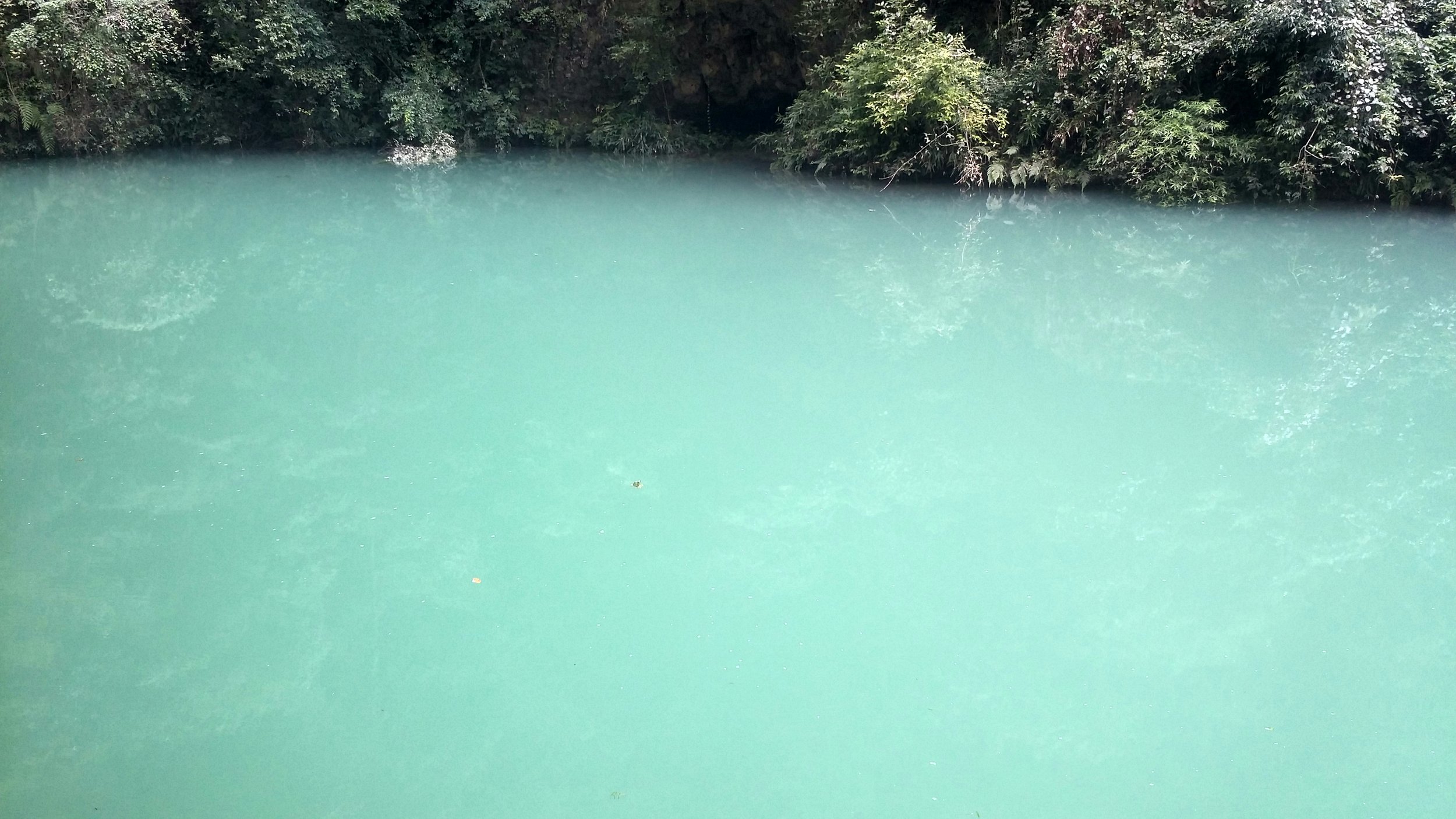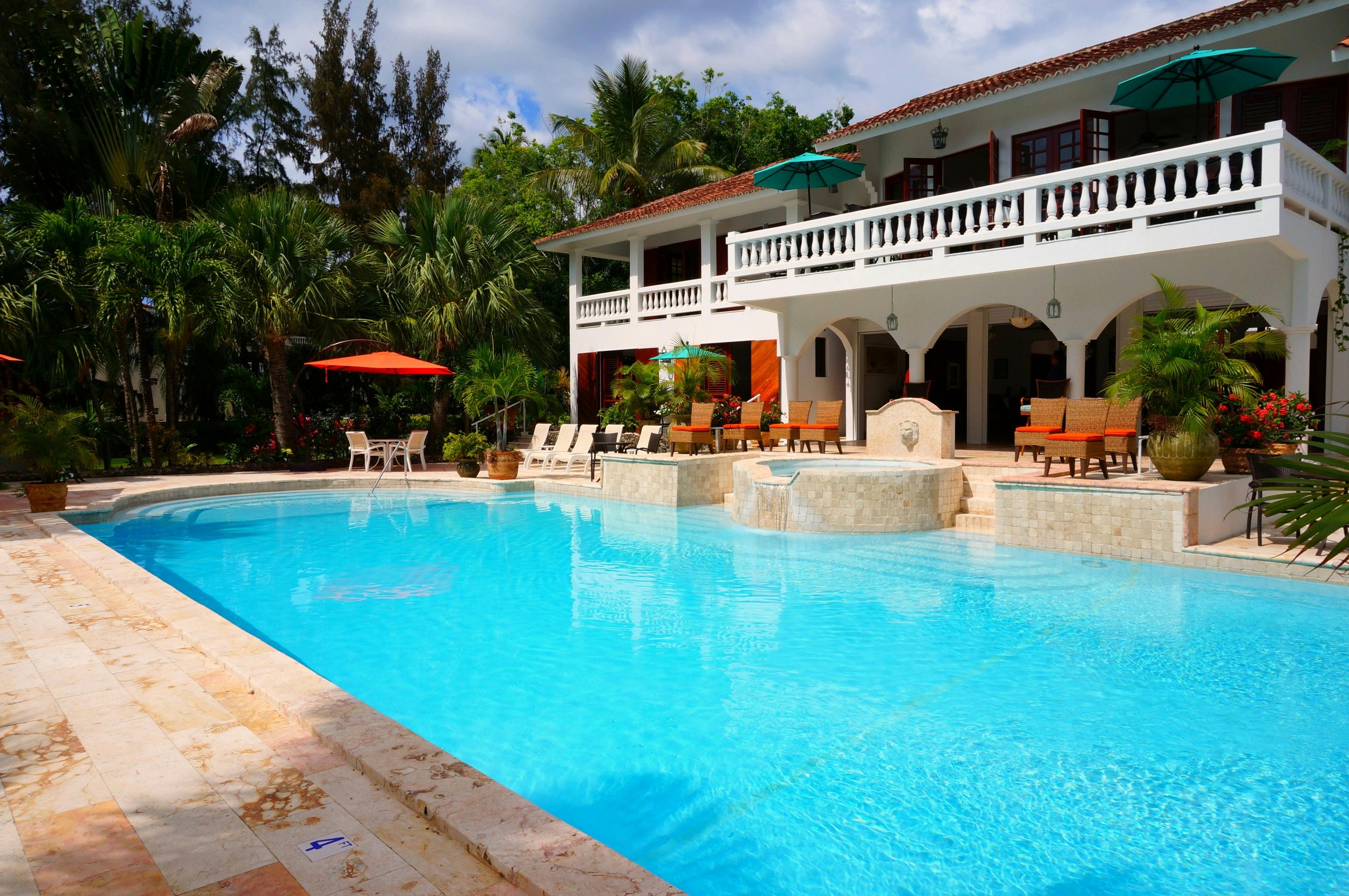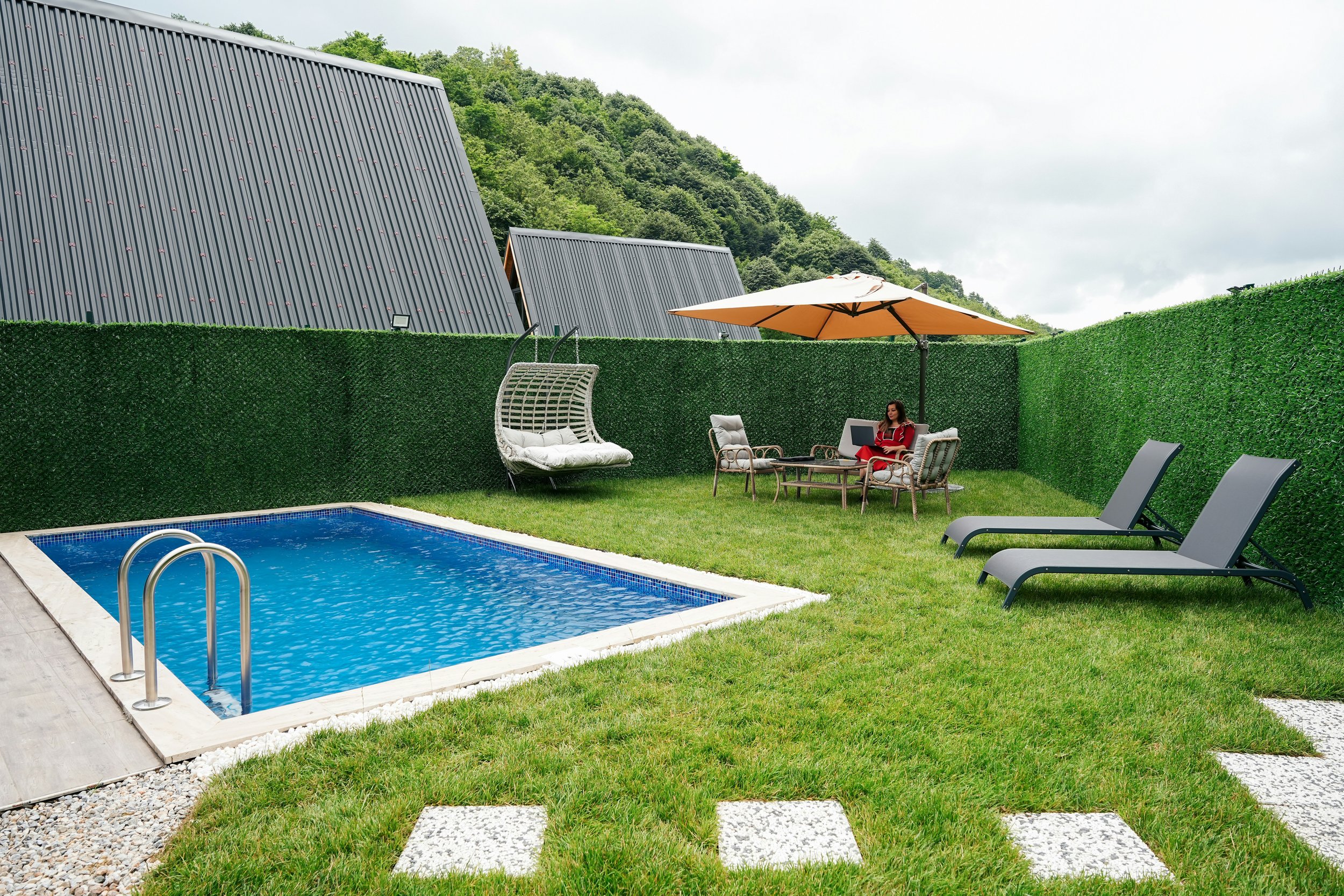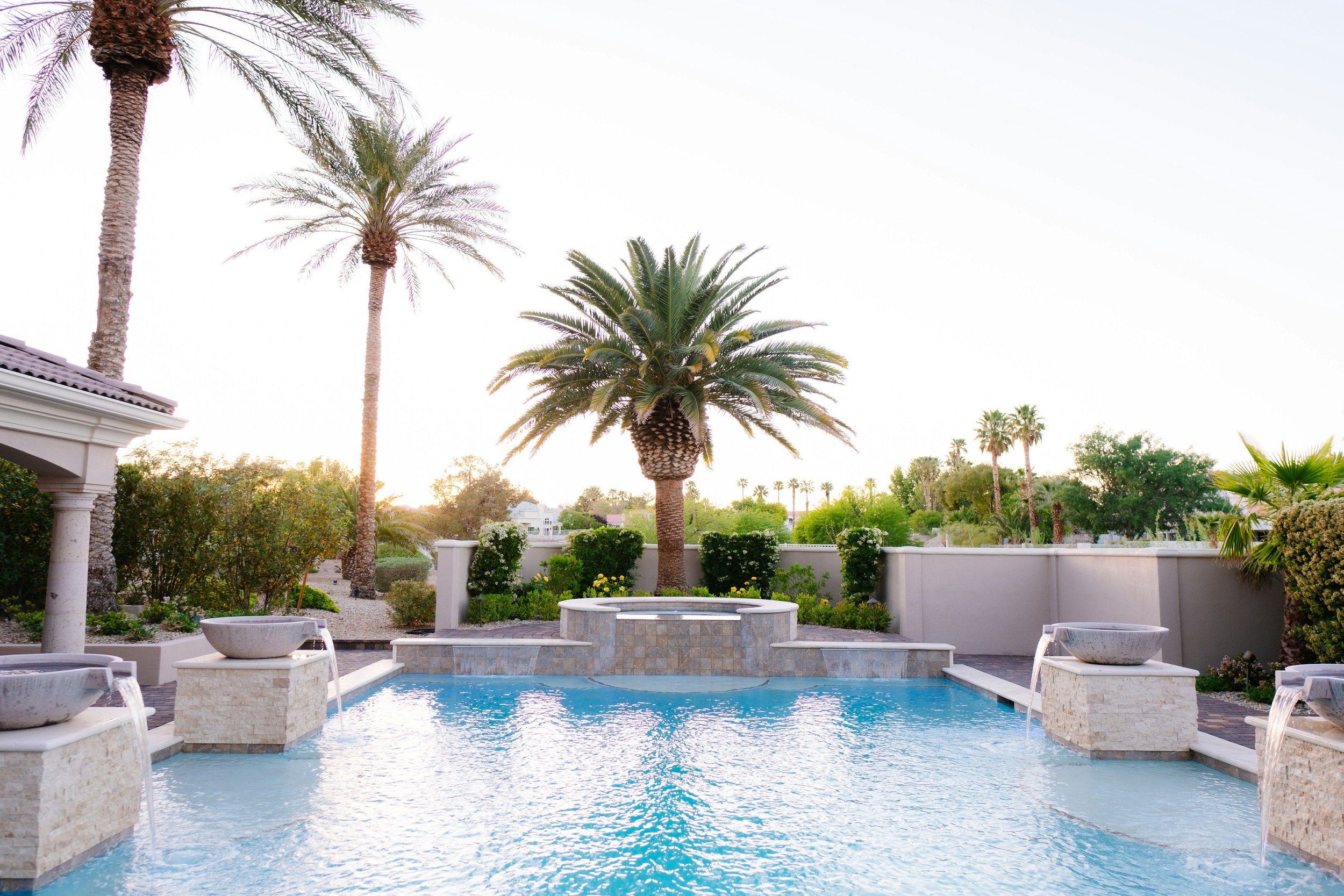Why Is My Pool Cloudy? Solutions for Clear Water
Wondering, “Why is my pool cloudy?” We’ve got solutions for clear water! Learn what causes murky pool water and how to restore your sparkling oasis in no time.
There’s nothing quite as inviting as a crystal-clear pool on a hot day. But what if instead of a sparkling oasis, you find yourself staring into murky, cloudy water? Talk about a buzzkill! The good news is, you're not alone—and cloudy pools are fixable with a bit of know-how. If you’re asking, Why is my pool cloudy? and need solutions for clear water, you’ve come to the right place. We’ll break down the common culprits, walk you through easy fixes, and get your pool back to its shimmering best.
Why Is My Pool Cloudy? Solutions for Clear Water
First, let’s talk about what makes pool water go from clear to cloudy. It’s usually not just one thing—more often than not, it’s a combination of factors. But don’t worry, we’ll cover all the bases and provide you with straightforward solutions for clear water.
Common Causes of Cloudy Pool Water
Several things can throw your pool’s chemistry off balance or affect its clarity. Here are the usual suspects:
1. Poor Filtration
If your pool filter isn’t doing its job, dirt and debris can accumulate, leaving the water murky.
Clogged filters: Filters need to be cleaned regularly to function properly.
Short filtration cycles: Running the filter for too few hours a day can also cause cloudiness.
Solution: Check your filter and clean or backwash it if necessary. Aim to run the filter at least 8-12 hours a day during peak pool season.
Maintaining crystal-clear pool water requires proper filtration, but a few common issues can lead to cloudy water. Clogged filters are a frequent culprit—when filters are dirty or clogged, they can’t efficiently remove debris and particles, allowing cloudiness to build up. Additionally, short filtration cycles—running the filter for too few hours each day—can prevent the water from being thoroughly cleaned. During the busy pool season, it’s essential to run the filter for at least 8-12 hours a day to keep the water clear. The solution? Regularly check, clean, or backwash your filter to ensure it’s functioning properly. With consistent maintenance, your filtration system will perform at its best, helping you enjoy a sparkling, inviting pool all summer long.
2. Unbalanced Pool Chemistry
Pool chemistry is like a delicate dance—if one chemical goes out of whack, things can get cloudy fast.
High pH levels: If the pH creeps too high, it can cause cloudiness.
Low chlorine levels: Not enough chlorine allows algae and bacteria to thrive.
Calcium hardness: Too much calcium in the water can lead to cloudiness and scaling.
Solution: Test your water regularly and adjust pH, chlorine, and calcium hardness levels as needed. Keeping the pH between 7.2-7.8 and chlorine at 1-3 ppm will help prevent issues.
Keeping your pool water balanced is essential to prevent cloudiness and ensure it stays clean and safe. High pH levels can cause minerals to precipitate, leading to cloudy water and potential scaling on pool surfaces. On the flip side, low chlorine levels give algae and bacteria the green light to thrive, quickly turning your pool cloudy and unsanitary. Calcium hardness is another factor—too much calcium can create scaling and cloudiness over time. The solution? Test your water regularly and adjust pH, chlorine, and calcium levels as needed. Aim to keep the pH between 7.2-7.8 and chlorine levels at 1-3 ppm to maintain crystal-clear water and prevent imbalances from taking over your pool.
3. Environmental Factors
Your pool is outdoors, so it’s constantly exposed to things beyond your control.
Rain and wind: These can introduce dirt, pollen, and contaminants.
Sun exposure: UV rays burn off chlorine, leaving your pool more susceptible to algae.
Heavy pool use: The more swimmers you have, the more sweat, sunscreen, and debris enter the pool.
Solution: Cover your pool when not in use, and keep an eye on chlorine levels during hot, sunny days or after heavy use.
Keeping your pool clean can be challenging, especially when weather and heavy usage come into play. Rain and wind often carry dirt, pollen, and other contaminants into the water, making it harder to maintain clarity. Sun exposure adds another layer of difficulty, as UV rays break down chlorine, leaving your pool more vulnerable to algae growth. On top of that, heavy pool use introduces sweat, sunscreen, and debris, which can quickly throw off the water’s chemical balance. The solution? Cover your pool when it’s not in use to keep out debris, and monitor chlorine levels closely on hot, sunny days or after gatherings. With these steps, you can keep your pool clean, clear, and ready for a refreshing swim all season long.
4. Algae Blooming in the Pool
A slight greenish tint to cloudy water is a tell-tale sign that algae is trying to take over.
Solution: Shock your pool with chlorine to kill the algae, and follow up with a good brushing and vacuuming session.
Quick Fixes for Cloudy Pool Water
Now that we’ve identified some common causes, let’s look at how you can turn that cloudy mess into sparkling water again.
1. Test the Water
Your first step should always be testing the water. A quality test kit will measure pH, chlorine, alkalinity, and calcium hardness.
Pro Tip: If you’re not sure what the problem is, take a sample to your local pool store for professional testing.
2. Shock the Pool
If chlorine levels are low or algae is present, give your pool a chlorine shock. This raises chlorine levels temporarily to kill off bacteria and algae.
Use calcium hypochlorite shock for a powerful punch.
Run your pump while shocking to circulate the chlorine evenly.
When your pool’s chlorine levels dip too low or you notice algae starting to creep in, it’s time to give your pool a chlorine shock. Shocking temporarily boosts chlorine levels to kill off bacteria, algae, and other contaminants lurking in the water. For a powerful treatment, calcium hypochlorite shock is a great option, especially when you need to tackle stubborn algae. To ensure even distribution, it’s important to run your pump while shocking the pool, helping the chlorine circulate throughout the water. Shocking your pool not only restores water clarity but also keeps it safe and sanitized. Regular shocks, especially after heavy use or rainfall, are essential for maintaining a crystal-clear pool all season long.
3. Clean and Backwash the Filter
A clogged or dirty filter can be the root cause of your cloudy water. Clean your cartridge filter or backwash your sand/DE filter to improve filtration.
Reminder: After shocking the pool, it’s essential to run the filter continuously for 24-48 hours.
4. Use a Pool Clarifier or Flocculant
Clarifier: Binds small particles together, making it easier for the filter to trap them.
Flocculant: Clumps particles and sinks them to the bottom, where they can be vacuumed up.
If your pool water looks murky, clarifiers and flocculants can help restore its sparkle. A clarifier works by binding small particles together, making them large enough for the filter to capture. This is especially useful when the filter struggles to trap tiny debris that causes cloudiness. On the other hand, a flocculant clumps particles into larger masses that sink to the bottom of the pool, where they can be easily vacuumed up. While both products target the same issue—cloudy water—they work differently, so it’s important to choose the right one based on your needs. Regular use of clarifiers and flocculants keeps your pool water clear, ensuring that debris is effectively removed and your pool stays inviting.
Preventing Cloudy Water: Keep It Clear from the Start
Prevention is the best cure! Here are some handy tips to keep your pool looking pristine all summer long:
Run the filter regularly: 8-12 hours a day during pool season is the sweet spot.
Test water weekly: Keep an eye on pH, chlorine, and alkalinity levels to catch imbalances early.
Shock your pool regularly: Give it a shock every 1-2 weeks, especially after a heavy rain or big pool party.
Clean the pool often: Skim the surface daily, vacuum weekly, and scrub the walls to prevent algae growth.
Use a pool cover: Protect your water from leaves, debris, and environmental contaminants when not in use.
Conclusion
So, Why is my pool cloudy? Solutions for clear water lie in understanding the causes and taking action to restore balance. Cloudy water can be frustrating, but with the right approach—like checking your filter, balancing chemicals, and shocking the pool—you’ll have it sparkling in no time. And don’t forget: a little prevention goes a long way. Regular maintenance and quick fixes will keep cloudiness at bay, letting you dive into crystal-clear waters all season long.
Ready to reclaim your pool? With these solutions in hand, you’re well on your way to saying goodbye to cloudy water and hello to the pool of your dreams. Now, jump in and enjoy!
Read next: 15 Stunning Pool Landscaping Ideas for Your Yard
Frequently Asked Questions
1. How long does it take to clear up cloudy pool water?
With the right treatment, you should see improvements within 24-48 hours. However, severely cloudy pools may take longer to clear.
2. Can too much chlorine make my pool cloudy?
Yes! Over-chlorination can lead to chemical imbalances that make the water look hazy. Keep your chlorine levels within the recommended range.
3. Is cloudy pool water safe to swim in?
It’s best to avoid swimming in cloudy water, as it could indicate bacteria or algae growth. Clear the water first to be safe.
4. What’s the difference between a clarifier and a flocculant?
A clarifier binds tiny particles together, making it easier for the filter to trap them. A flocculant clumps particles and sinks them to the bottom for easy vacuuming.
5. Can rainwater cause a cloudy pool?
Yes, rain can introduce contaminants and disrupt your pool’s chemistry, leading to cloudy water. Shock the pool after heavy rainfall to restore balance.







